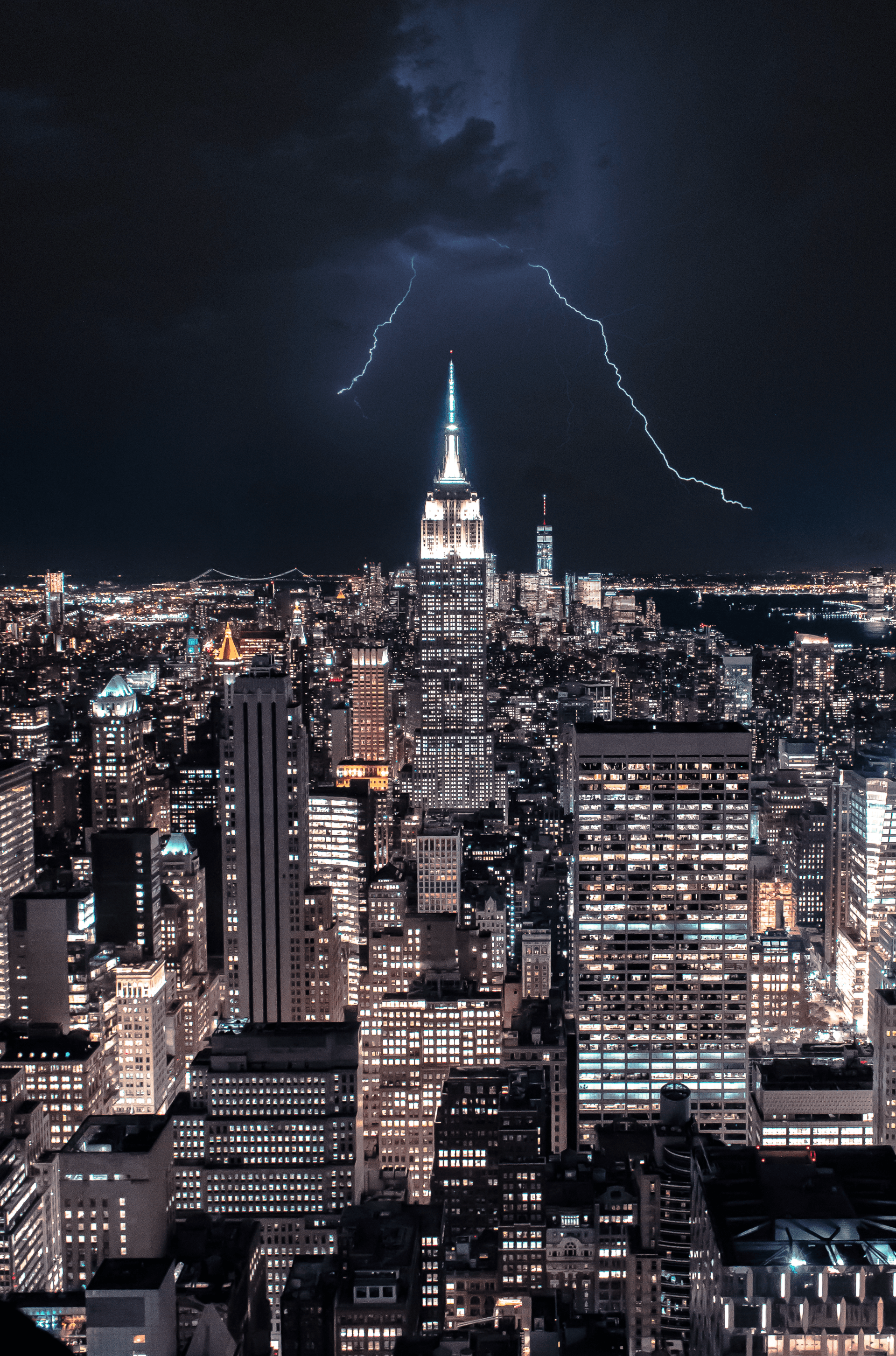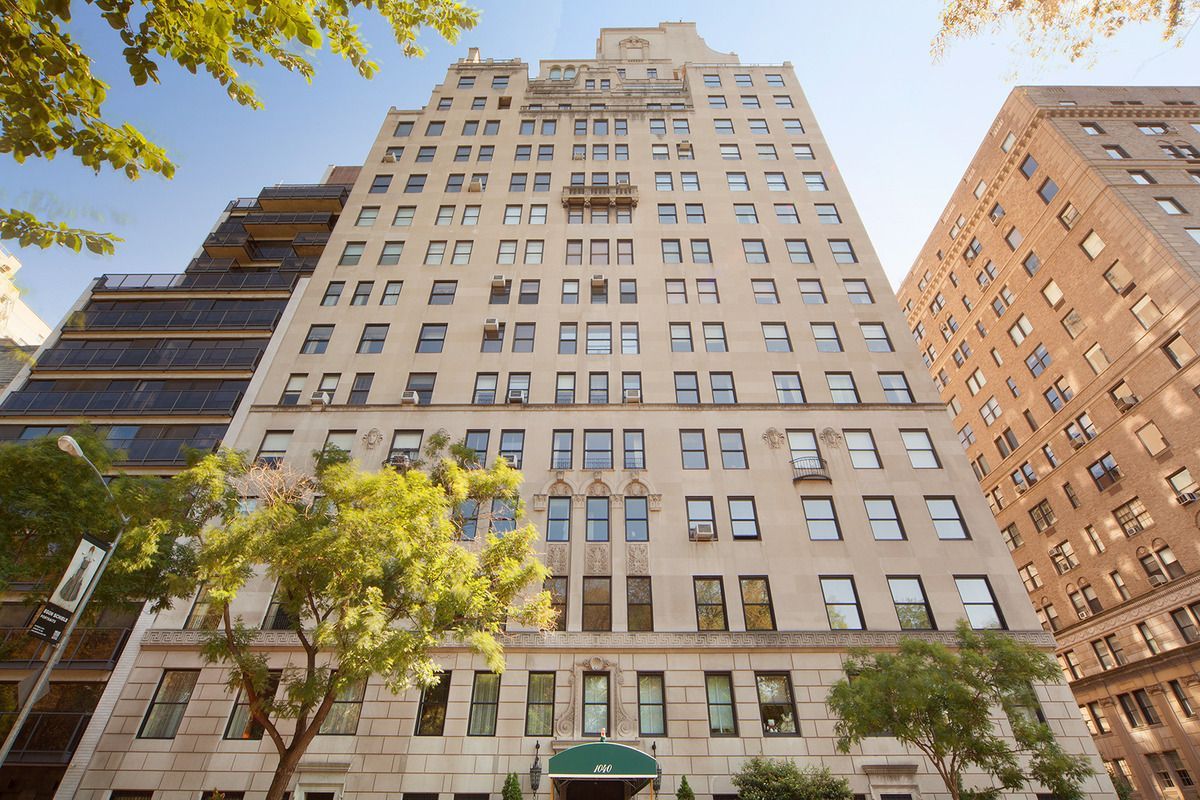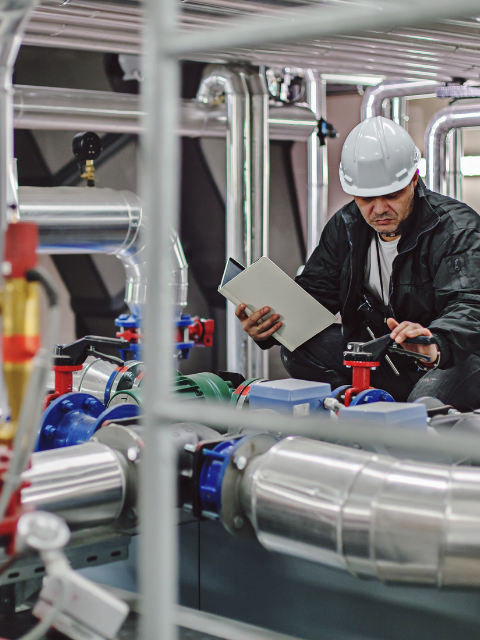Unlocking the “Good Faith” Exception to LL97 Compliance
Local Law 97 requires drastic reductions in energy consumed and carbon emissions by buildings in New York City.
Otherwise, they could face significant penalties. Due to building type or financial reasons, compliance is not always easy to achieve.
While new legislation represents a step toward a healthier future, many NYC real estate owners are falling behind on decarbonization requirements. If you find yourself in this situation, a lifeline may be available under the “good faith” exception. This exception allows a building additional time (until 2027) to implement projects and align the building’s energy consumption with the LL97 limits.
What is LL97’s “Good Faith” Exception?
The “good faith” exception under LL97 legally recognizes that commercial, multi-family residential, and industrial property owners may endure compliance challenges. This new rule was released in September of 2023 and allows building owners to mitigate fines through the end of 2029, or the first reporting period, as long as they made a “good faith” effort to decarbonize their properties.
Several benefits of the “good faith” exception under LL97 include:
- Benefit 1. Fine mitigation: The entire point of this exception is to ease the financial burden of building owners, demonstrating a serious, concerted effort for compliance.
- Benefit 2. Flexibility: NYC implemented a “good faith” exception since lawmakers recognize how complicated decarbonizing a city can be. This law gives owners more time to make the required changes.
- Benefit 3. Incentivization: Instead of putting up barriers to participation, the city has taken steps to encourage early action and adoption, even if it is not wholly realistic.
While it does not absolve you of financial responsibility, it does help ease the burden of non-compliance as long as you can prove that you made a genuine effort to reduce your building’s emissions. You may wanter to consider this exception if you are experiencing significant delays in decarbonization projects, experiencing financial issues, or are making substantial efforts that require more time than allowed during this reporting period.
How to Show “Good Faith” Efforts
Complying with LL97 via the Good Faith track requires developing and submitting various documentation to demonstrate progress in the building. Typically, an experienced technical services company can assist with assembling the critical files and helping position the building in the best light. It takes time, resources, and experience to produce these documents, which demonstrate a sincere effort on your part.
The documentation package will typically include:
- Previous year’s LL97 emissions report: This report establishes baseline emissions levels while outlining where your building has already made reductions.
- Lighting upgrade attestations: These attestations must comply with LL88, a related law that mandates lighting upgrades in an energy-efficient manner, thereby contributing to overall reductions.
- Previous year’s benchmark data (LL84): This data will offer the city context regarding your building’s overall energy performance compared to similar buildings. It also helps them track individual, neighborhood, borough, county, and city-wide progress.
- The above-referenced list is a high-level overview of the actual requirements. You may need to provide additional information, data, and documentation to meet the program’s particular standards. This effort could include energy audits, financial statements, and project plans.
When and How to Submit the Good Faith Report/Request
You should submit the “good faith” and annual building emissions reports by May 1st of every year. New York City’s Department of Buildings (DOB) will review your submitted materials and decide whether you meet the “good faith” exception requirements. It could take them a few days to a few months before you hear about their decision.
Critical Timeline for Penalty Reductions
To potentially benefit from penalty reductions in 2025, it’s crucial to demonstrate reasonable faith efforts by the 2024 reporting deadline. Fines are calculated based on emissions levels in the previous calendar year, so acting early can have a significant financial impact.
Develop a Decarbonization Plan
The City of New York also wants to see more than documentation and reports. Additional evidence of your “good faith” efforts, including a decarbonization plan, is necessary.
Your decarbonization plan should include:
- Energy audits
- Mechanical system inventories
- A description of past work that reduced emissions by 10 percent or more
- A description of future work that meets net-zero emissions by 2050
Keeping all your paperwork well organized is a good idea. As LL97 emissions limits continue to reduce around every five years, you will also need evidence proving your building’s compliance, so retaining your documents over the years will make the process easier should a dispute arise.
RKB Group LLC Can Help You Achieve Compliance
RKB Group LLC provides energy master planning, owner’s rep services, and energy solutions with experience and knowledge of NYC building requirements. Our engineers will help manage the Good Faith exception for your building to reduce fines assessed for energy consumption over the 2024 limit. Contact RKB Group LLC today for help handling LL97 compliance.



